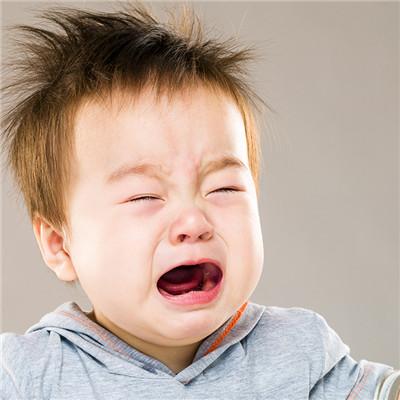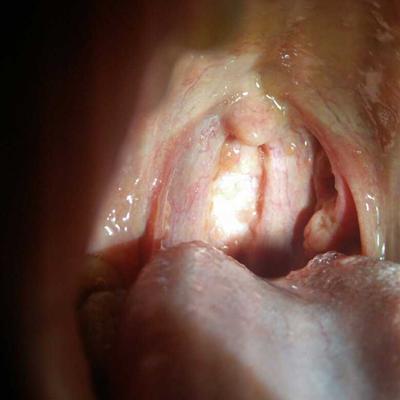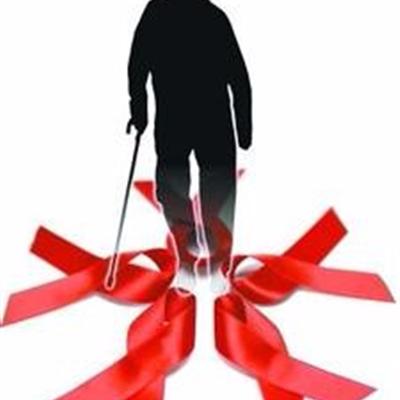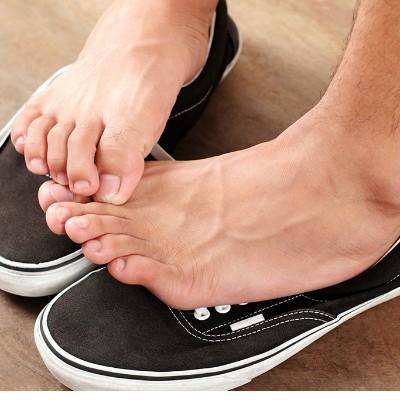Typical symptoms of filariasis?
summary
Filariasis is a parasitic disease caused by filariasis parasitizing in lymphoid tissue, subcutaneous tissue or serosal cavity. There are only bancroftian (bancroftian) and Brugia malayi (Brugia malayi) in China. The disease is transmitted by blood sucking insects. The symptoms and signs of filariasis vary with the parasitic sites of filariasis. In the early stage, lymphangitis and lymphadenitis are the main manifestations, while in the late stage, a series of symptoms and signs caused by lymphatic obstruction appear. The diagnosis mainly depends on the detection of microfilariae in blood or skin tissue. The prevention methods are to eliminate the infectious media, strengthen personal protection, treat patients and infected people, and take medicine all over the country to eliminate the source of infection. Typical symptoms of filariasis? Let's talk about it
Typical symptoms of filariasis?
Lymphangitis, lymphadenitis, erysipelas like dermatitis and other lymphangitis are characterized by retrograde, when the attack can be seen a red line under the skin centrifugal development, commonly known as "Liuhuo" or "red line". Upper and lower limbs can occur, but the lower limbs are more common. When the inflammation affects the superficial micro lymphatic vessels of the skin, the local skin appears diffuse swelling, bright surface, tenderness and burning sensation, which is erysipelas like dermatitis. The lesion site is more common in the middle and lower parts of the leg.

In filariasis bancrofti, if the adult parasitizes in the lymphatic vessels of scrotum, filariasis can be caused by varicocele, epididymitis or orchitis. Filariasis fever had periodic shivering and high fever, which lasted for 2 days to 1 week. Some patients only had low fever but no shivering. After repeated attacks, local symptoms gradually revealed.

The clinical manifestations of chronic obstructive lesions vary with the location of obstruction, including lymphedema, elephantiasis, hydrocele of testis and chyluria. Filariasis nodules in female breasts are not uncommon in endemic areas. In addition, filariasis can occasionally cause ocular filariasis, filariasis granuloma in spleen, chest, back, neck and arm, filariasis pericarditis, chylous pleural effusion, chylous blood sputum, and microfilariosis in bone marrow.

matters needing attention
The main treatment drug is haiqunsheng (also known as ethylamine). Haiqunsheng can kill both filariasis and Brugia malayi, and it can kill microfilaria better than adults. The commonly used therapy of haiqunsheng in China is 7-day therapy for bancroftian filariasis; Four day therapy for Malay filariasis. After taking the medicine, the patient may cause allergic reaction due to the death of a large number of microfilariae, and have fever, chills, headache and other symptoms, which should be dealt with in time. In order to reduce the side effects of haiqunsheng, haiqunsheng medicine salt is widely used in the prevention and control work. Eating it for half a year can make the positive rate of microfilariae in the middle and low epidemic areas below 1%, and the side effects are slight.















